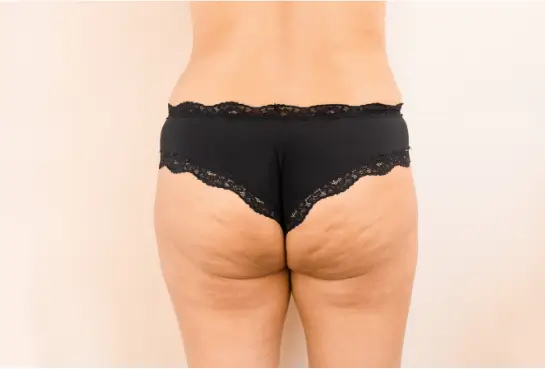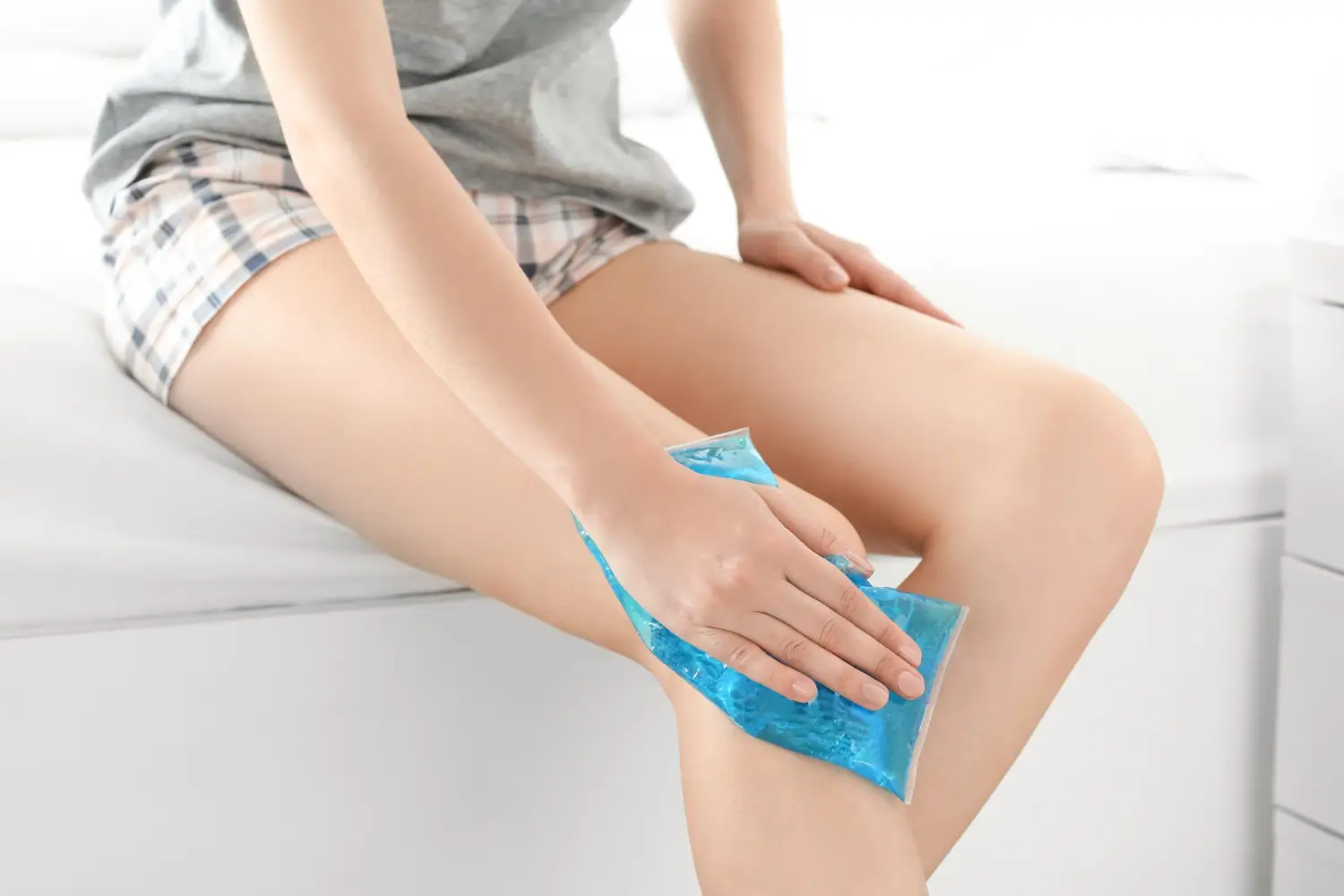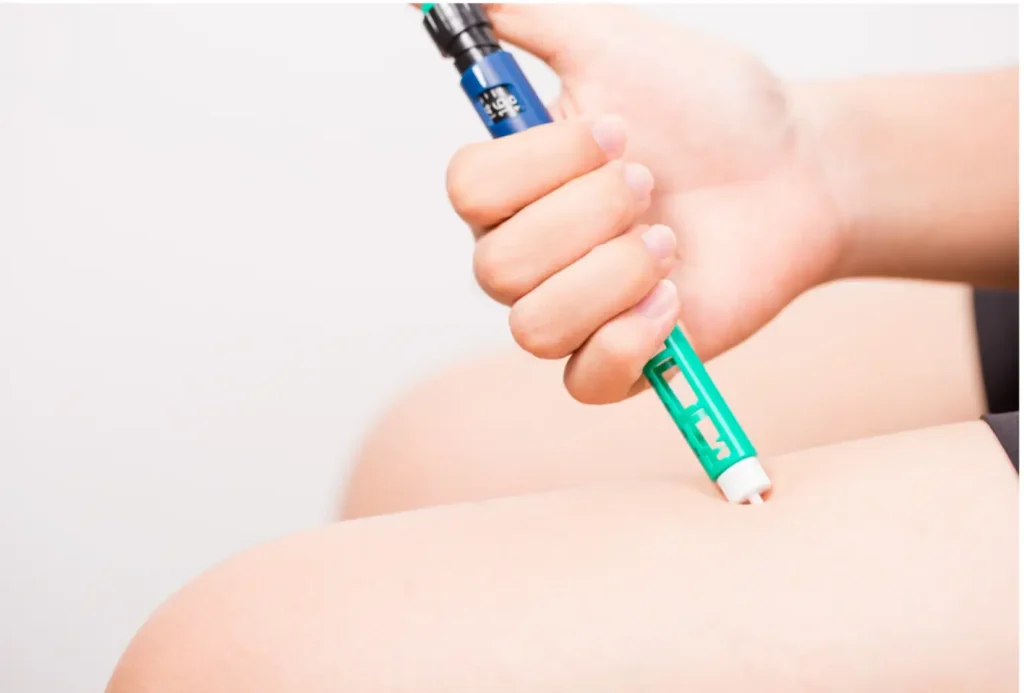Did you know the average adult has about 50 billion fat cells? These cells don’t disappear when you lose weight—they simply shrink. That’s why stubborn fat often lingers, especially in areas like the chin, thighs, and abdomen. Genetics, hormones, and lifestyle all play a role in how your body stores and burns fat, making it a much more complex process than diet alone.
This complexity has led to a surge in targeted treatments like Aqualyx, a fat dissolving injectable designed to break down localized fat deposits without surgery. It’s marketed as a minimally invasive alternative to liposuction, and many patients turn to it for smoother contours and improved body confidence. But while Aqualyx can deliver visible results, it also comes with a range of possible side effects that are important to understand before committing.
In this article, we’ll explore the complete list of Aqualyx side effects—from common, mild reactions like swelling and bruising to rarer, more serious complications such as tissue damage or infection.
Key Takeaways
- Aqualyx injections are generally safe when administered by trained professionals, but like any medical procedure, they can cause side effects.
- Common local reactions include swelling, bruising, redness, and tenderness at the Aqualyx injection spots, typically resolving within 3 to 7 days without medical intervention.
- Serious side effects, though rare, may include infection, subcutaneous nodules, nerve damage, and even skin necrosis—especially when injections are done incorrectly or in non-sterile environments.
- Improper administration poses significant risks such as asymmetry, tissue damage, and scarring. Only qualified healthcare providers should perform this treatment.
- Post-procedure monitoring is crucial. Patients should be informed about warning signs, such as persistent pain, fever, or unusual skin changes, and should attend follow-up appointments to ensure their safety.
- Managing complications promptly with cold compresses, analgesics, antibiotics, or referrals helps prevent long-term issues and ensures better outcomes.
- Choosing a licensed provider with clinical expertise significantly reduces risks and enhances the chances of a smooth, successful fat dissolving experience.
About: Medical Spa RX provides medical practices with premium products at the best prices. If you’re looking to buy Aqualyx online for your practice, the sales representatives at Medical Spa RX can give you guidance.
Expected Local Reactions for Aqualyx Injections
Local side effects are the most common outcomes after Aqualyx injections. These reactions are typically mild and temporary, affecting the injection side where the solution was injected. Most clients experience symptoms within a few hours of treatment, with effects generally peaking in the first 48 hours before gradually resolving over 3 to 7 days.
Common local reactions include:
- Swelling: Typically mild to moderate, swelling is most noticeable during the first two days and is a natural response to fat cell breakdown.
- Bruising: Minor trauma from the injection needle often results in visible bruising around the treatment zone.
- Redness and Warmth: These signs of inflammation reflect the body’s immune response to the injected solution.
- Tenderness: Soreness or mild pain may occur when touching the Aqualyx injection spots, especially in areas with thinner skin or higher sensitivity.
These symptoms usually resolve without medical intervention. Cold compresses and over-the-counter pain relievers such as acetaminophen or ibuprofen may help manage discomfort and inflammation.
Serious Adverse Events of Fat Dissolving Aqualyx Injections
Though rare, serious complications can develop—especially when injection technique or patient screening is suboptimal. Recognizing these outcomes early is critical to ensuring prompt treatment and avoiding long-term issues.
Potential severe side effects include:
- Subcutaneous Nodules: Firm lumps that persist under the skin for weeks or months, often due to uneven fat dissolution or fibrotic reaction.
- Infections or Abscesses: Painful, swollen pockets of pus may form, requiring antibiotics or surgical drainage.
- Skin Necrosis: A rare but serious event where blood flow disruption causes tissue death and potential scarring.
- Nerve Injury: Can cause numbness, tingling, or localized muscle weakness, especially near facial nerve branches.
Clinics should have clearly defined complication management protocols and referral pathways in place to address these risks swiftly.
Risk from Improper Administration of Aqualyx
The rise in unregulated aesthetic providers has made improper administration a growing concern. When Aqualyx is injected without adequate medical training, the chance of harm rises significantly—especially in non-clinical environments like beauty salons or at-home setups.

These include the following:
- Infections: Often caused by non-sterile equipment or failure to follow aseptic technique.
- Irregular Fat Breakdown: Leads to asymmetry, uneven contouring, or skin dimpling that may be difficult to correct.
- Tissue Damage: Incorrect injection depth or placement may damage underlying structures.
- Scarring and Fibrosis: Can result from repeated trauma or improper technique, especially if post-care instructions are not followed.
Only qualified healthcare professionals, such as dermatologists, aesthetic physicians, or trained nurses, should perform these procedures. Their understanding of anatomy, aseptic technique, and patient safety protocols is essential.
Monitoring and Early Detection
Post-procedural monitoring plays a vital role in catching complications before they escalate. Patients should be educated about what to expect and be encouraged to report symptoms that deviate from the norm.
Key warning signs include:
- Persistent or worsening pain beyond 72 hours
- Fever or chills, which may indicate infection
- Pus or yellow discharge at injection sites
- Unusual hard lumps that don’t soften or shrink over time
- Skin discoloration, including black, purple, or blistered areas
Follow-up appointments within 1–2 weeks allow for early evaluation and intervention. Clinics should provide written aftercare guidelines and maintain open communication with patients.
Management of Complications of Aqualyx
When side effects occur, timely and appropriate intervention can prevent permanent damage and improve recovery outcomes. Management protocols should be tailored to the type and severity of the complication.

Some of the standard interventions include:
- Cold Compresses: Effective for reducing initial inflammation and swelling.
- Pain Relief: Medications such as ibuprofen or acetaminophen help control discomfort and minor inflammation.
- Antibiotics: Prescribed if signs of infection like redness, warmth, or pus develop.
- Needle Aspiration or Drainage: Used to address fluid buildup or abscess formation.
- Surgical Referral: Necessary in severe cases such as tissue necrosis, where cosmetic or reconstructive procedures may be required.
Clinics should document incidents meticulously, communicate clearly with the patient, and, when needed, escalate to specialist care.
Conclusion
Aqualyx treatment offers a non-surgical solution for targeted fat reduction, but like any medical treatment, it carries potential side effects. Mild local reactions are most common, while serious complications can occur if injections are poorly administered or post-care is neglected. Ensuring that treatment is performed by licensed medical professionals in sterile environments is critical to minimizing risks.
Patients should be informed, monitored, and supported through every step of the process, from pre-treatment expectations to post-injection care. With proper precautions and expert administration, Aqualyx can deliver safe and satisfying results.
FAQs
1. How long do Aqualyx side effects last?
Most side effects like swelling and bruising resolve within 3–7 days. Serious issues may take longer to heal.
2. Can Aqualyx cause permanent damage?
Rarely, complications such as nerve damage or necrosis can have lasting effects if not treated promptly.
3. Is it normal to have lumps after Aqualyx?
Yes, small lumps or firmness may appear, but usually soften over time. Persistent lumps should be checked.
4. What should I do if I develop a fever after treatment?
Contact your provider immediately, as a fever may indicate an infection requiring antibiotics.
5. Can I use Aqualyx at home?
No. “PRP at home” and injectable treatments like Aqualyx are unsafe without medical training and sterile settings.
6. Are allergic reactions common with Aqualyx?
Allergic reactions are very rare, but symptoms like rash or swelling away from the injection site should be reported.
7. What happens if Aqualyx is injected too deeply?
Improper depth can affect nerves or blood vessels, causing pain, numbness, or even tissue damage.
References
Zimmer C. How many cells are in your body? Science. https://www.nationalgeographic.com/science/article/how-many-cells-are-in-your-body. Published May 3, 2021
Cohen P, Spiegelman BM. Cell biology of fat storage. Molecular Biology of the Cell. 2016;27(16):2523-2527. doi:10.1091/mbc.e15-10-074





















